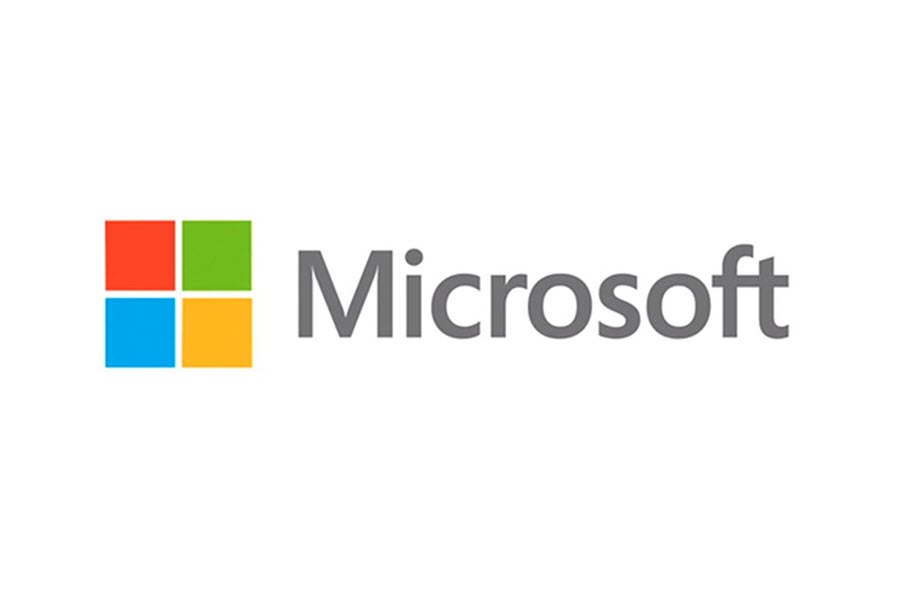Microsoft Cites Potential 'Catastrophe' in Broadcaster DTS Request

Microsoft told the FCC this week it has issues with broadcasters' effort to extend their TV signals via distributed transmission systems (DTS).
It's not the use of DTS, which the computer giant said definitely has upsides, but how broadcasters might be able to use it.
The National Association of Broadcasters and America' Public Television Stations, representing commercial and noncommercial broadcasters, respectively, last month asked the FCC to tweak its DTS rules given the potential the new ATSC 3.0 transmission standard provides to more efficiently use DTS.
"Stations could enhance service to viewers by improving coverage throughout their service areas and offering improved mobile coverage without the risk of encroaching on the service of stations in adjacent markets," they told the FCC.
Broadcasters currently use translators to boost their signals at the fringes of the service area and in other areas where terrain weakens a signal, but translators usually use a different channel, while DTS use the same channel.
"They could also improve mobile reception and allow more efficient use of broadcast spectrum by reducing the need for television translators using separate channels."
But Microsoft is afraid it could instead result in a spectrum grab by broadcasters, one that would reduce the availability so-called "white spaces" between channels for the unlicensed spectrum use Microsoft has pushed as a way to deploy rural broadband.
Broadcasting & Cable Newsletter
The smarter way to stay on top of broadcasting and cable industry. Sign up below
"Unfortunately, although the petitioners frame their proposal as a means of allowing broadcasters to fill coverage gaps, the petition goes significantly beyond what is necessary to address that problem," the company said in its response to the petition."
Microsoft does not oppose exploring the use of DTS to improve TV station signals, but argues it can probably be done within existing rules. "The petition would appear to allow DTS transmitters to be located outside a broadcaster’s service area and would impose no limits on broadcasters’ ability to expand service beyond that area, as long as they do not increase emissions outside their interfering contour—an area that is roughly a third larger than broadcasters’ existing service areas."
"[T]he Commission should not allow broadcasters to enlarge the areas in which they are able to claim interference protection," it told the FCC. "Allowing broadcasters to claim interference protection beyond their service contours, wherever they could reach with their DTS signal, would amount to giving away a tremendous amount of spectrum without following any of the legally required procedures for licensing broadcast spectrum."
Microsoft said that if broadcasters were allowed to expand their coverage areas by a third, it would be a "catastrophe" for rural communities because of the reduction in white spaces spectrum, though it at least conceded it did not think that was broadcasters' intent.
Contributing editor John Eggerton has been an editor and/or writer on media regulation, legislation and policy for over four decades, including covering the FCC, FTC, Congress, the major media trade associations, and the federal courts. In addition to Multichannel News and Broadcasting + Cable, his work has appeared in Radio World, TV Technology, TV Fax, This Week in Consumer Electronics, Variety and the Encyclopedia Britannica.

